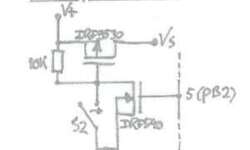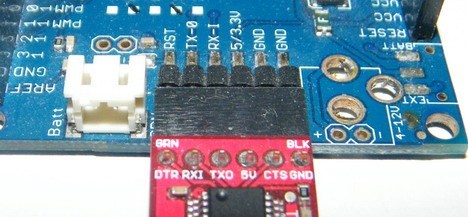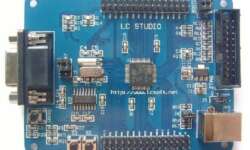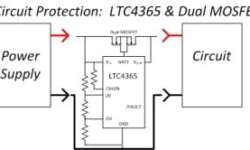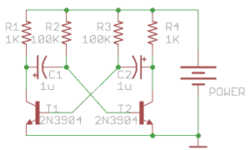Flashing STM32 using J-Flash ARM
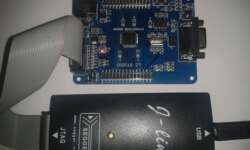
Last time, we covered the topic of flashing STM32 microcontrollers using the bootloader, which is the most comfortable and cheapest way of loading programs into MCU memory. But this isn’t the only way of doing this. The firmware can also be downloaded using the JTAG adapter, which is also used for debugging. This time we are not digging into debugging but staying only with programming. J-Link software You can download the latest J-Link software from the Segger Download page. You will be asked for an adapter serial number which can be found on the backside of the J-Link adapter.



